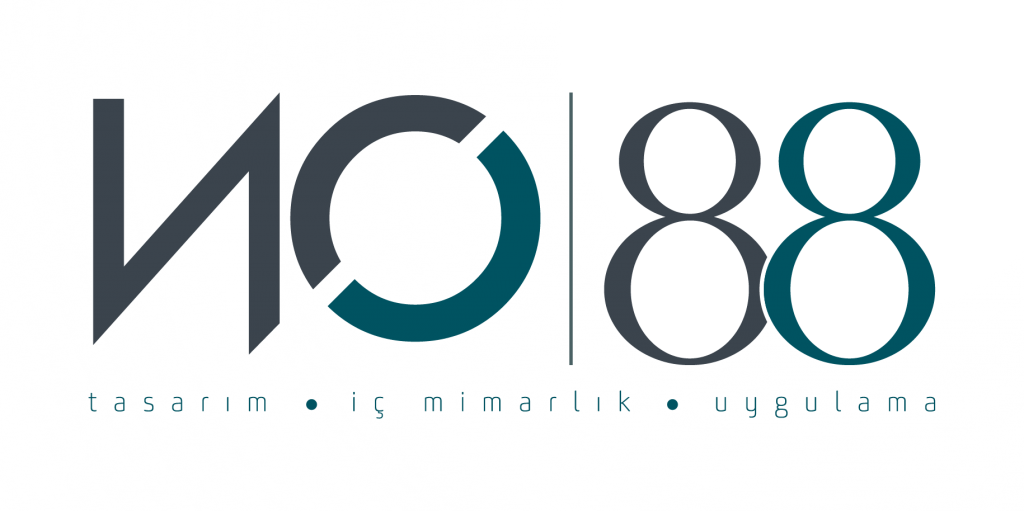The main phrases that come to mind when talking about interior architecture have always been ‘talent’ and ‘creativity’… In fact, this is a science that consists of pleasant components, contrary to abstract and relative variables. Creativity and science; It is not based on formulas, it is implemented in a way that is far from standard stereotypes.
As interior designers navigate between the most abstract and the most concrete of the design process, they follow a set of informal rules based on interior design principles. Space, line, form, light, color, texture, pattern .. And the concept of blending all these elements and distributing balance and visual weight equally = 7
Ensuring that these elements work together in harmony brings increased functionality. First of all, when designing the space, the interior designer will evaluate the space according to these elements and use it to develop it.
1 // SPACE
The basis of the interior is “emptiness”, this is the most important concept to understand. The space we have cannot always be a place where easy spatial changes can be made, so we often have to comply with the physical boundaries of the room. If there is no architectural project in the process of re-creation, we have to consider 3 dimensions as length / width / height. The interior designer is squeezed into the concept of “void” in order to create functionality and design perspective.
The “space” is divided into two, positive and negative, with abstract lines. Positive area defines transition areas that contain objects and negative areas are empty. Positive and negative spatial definitions used within the concept of “space” are affected by the needs and tastes of the user. The balance between the two areas, which affects the design elements, creates the most important beginning of the formation that should be done in the first phase of the project.
2 // LINE
Horizontal, vertical and dynamic lines help shape a space. Line; It is one of the most important elements that can create unity or contrast.
The horizontal lines give a sense of stability, formality and efficiency. Interior designers emphasize horizontal lines to make a room appear wider and taller and stand out. Vertical lines are freedom, a sense of power. Vertical lines emphasized on a functional level give the illusion that the room is longer in vertical dimension. Dynamic lines are expressed as curved and diagonal lines. It provides energy and movement to the space. Since the horizontal and vertical lines will lose the effect, the dosage of use is a very important determinant.
The concept of balance is the most important element in this element to create the ideal space. The interior architect spreads the combination of different lines within the space according to the emotion desired by the user and with certain functional and aesthetic determinations. Horizontal lines are calm and passive, vertical lines are moving and static, and diagonal lines have a dynamic and lively effect.
3 // FORM
Form is the shape of the room or the shape of the object in the room. That is, the physical form of anything that is three-dimensional creates form.
Forms can generally be defined as geometric or natural. Geometric forms express hard and four corners touched by human hands, natural forms are organic, created by nature.
Another thing to consider about the form is the proportions and scale of the room. Adding forms of similar shapes can create harmony and balance, while adding too many different shapes can create a confusing result. Spaces arranged according to a dominant single form bring simplicity with it.
4 // LIGHT
The most critical thing for all components in the space to reach their full potential is light. It is divided into natural and man-made. We can segment objects into highlighting, defined purpose and ambience.
The activity to be carried out in the space is the most important factor in determining the quality and quantity of light. Brighter lighting levels are used by the interior designer in office-style work areas, while softer lighting is chosen in areas such as the living room. Applying a dimmer, on the other hand, allows the space to be changed in many ways. Natural lighting is a permanent aesthetic complement that should always be considered.
Light; Beyond illuminating a space, it is the spirit and atmosphere complementary of the space designed by the interior designer. It defines interior components such as color, line, texture and these.
